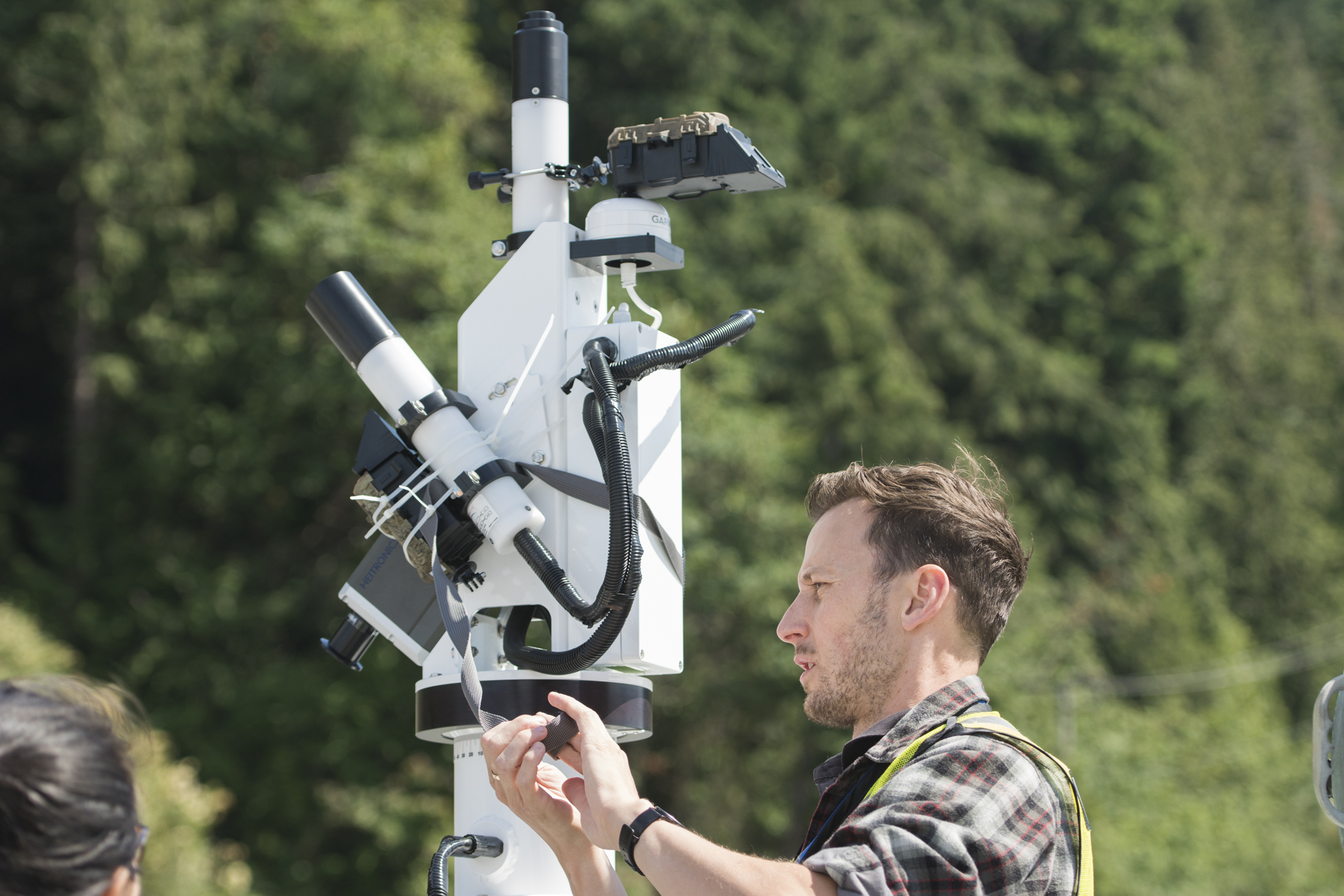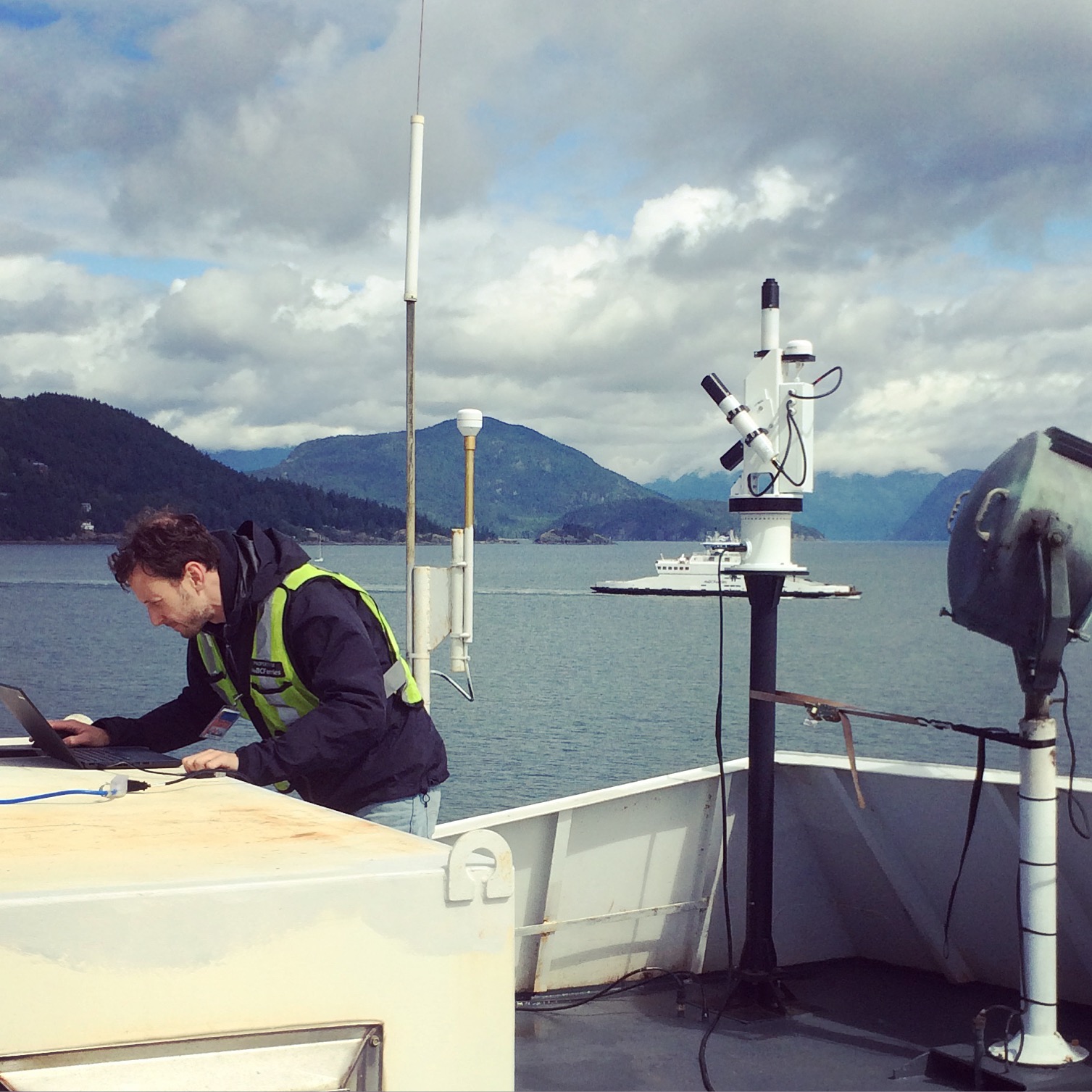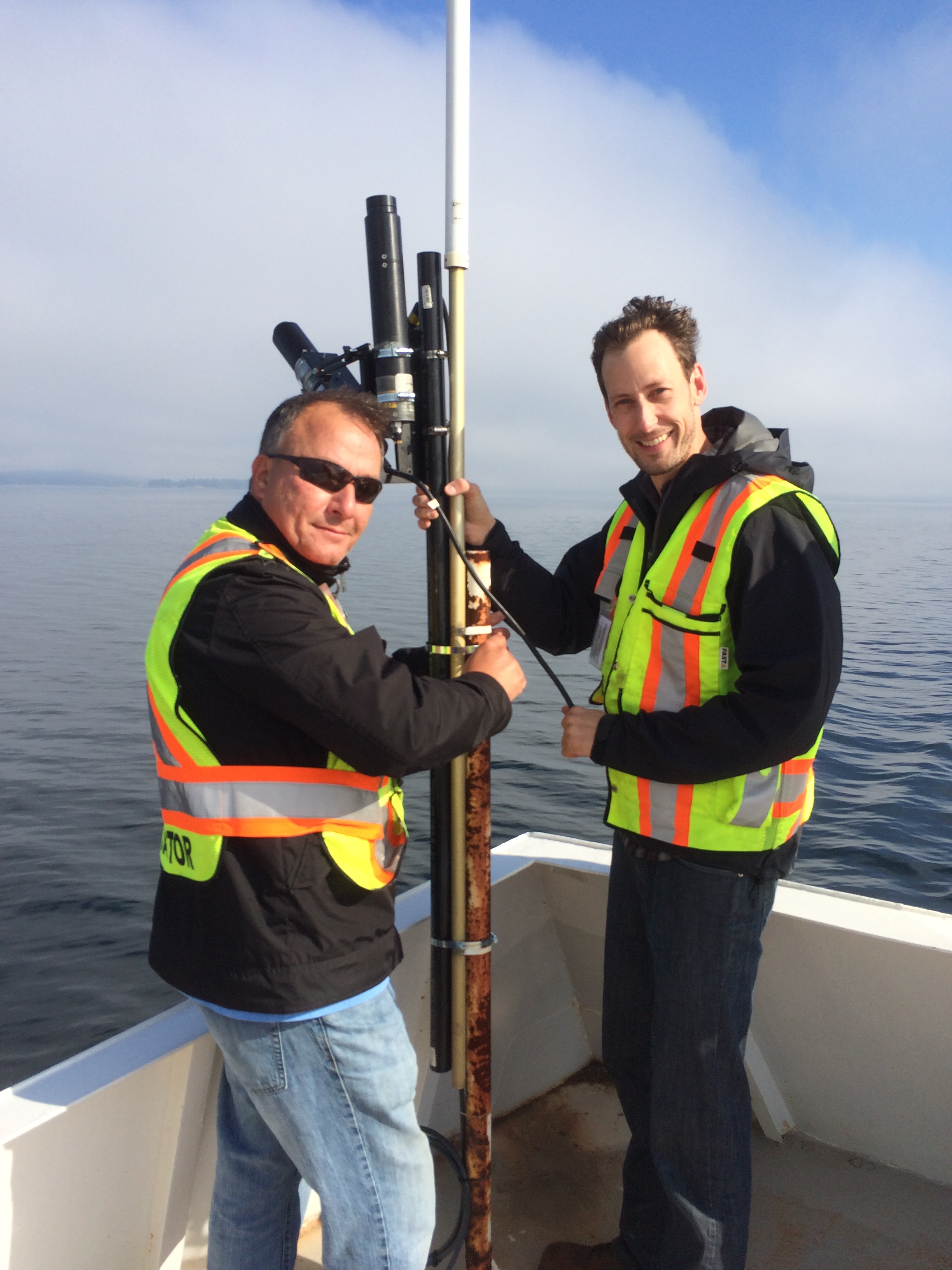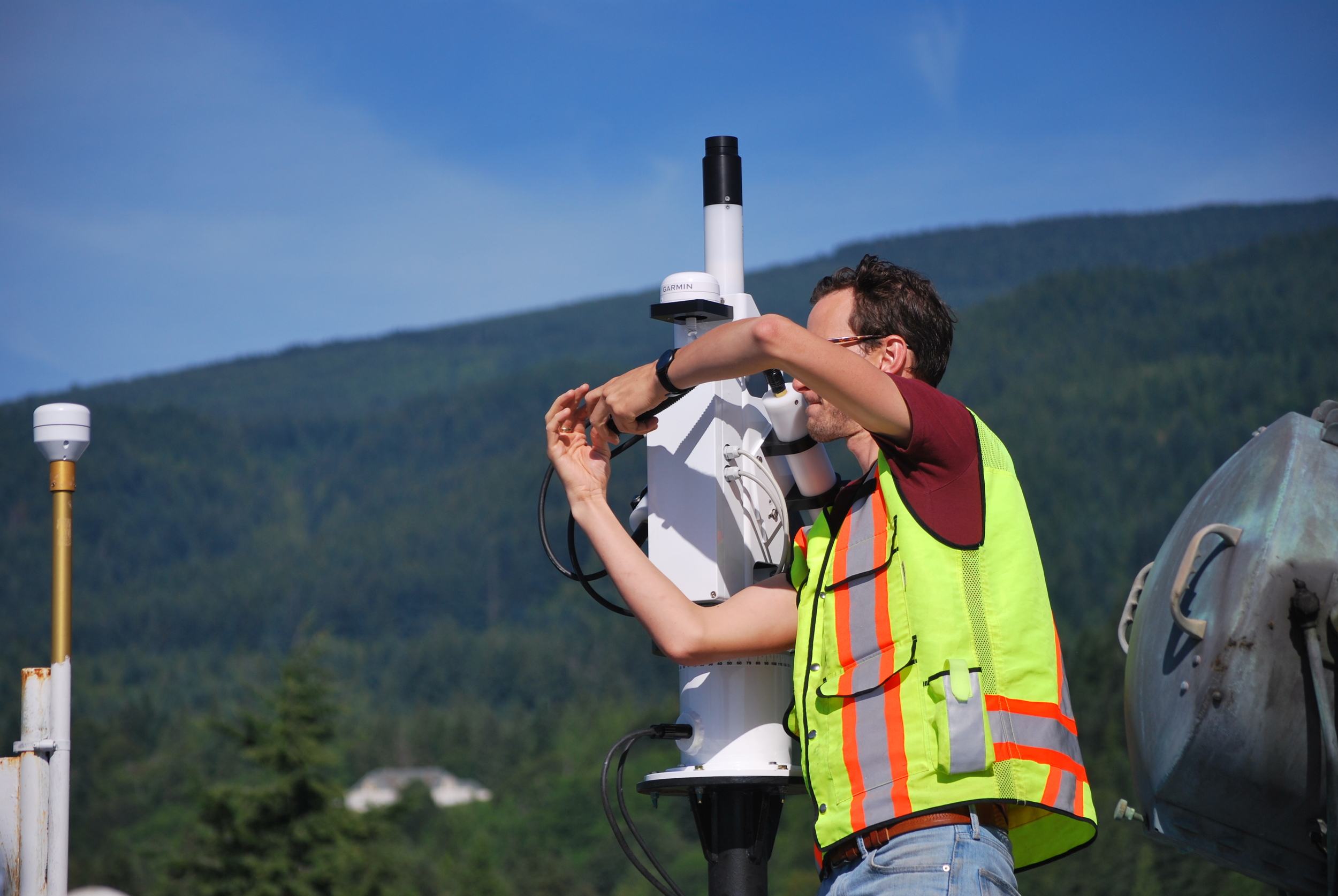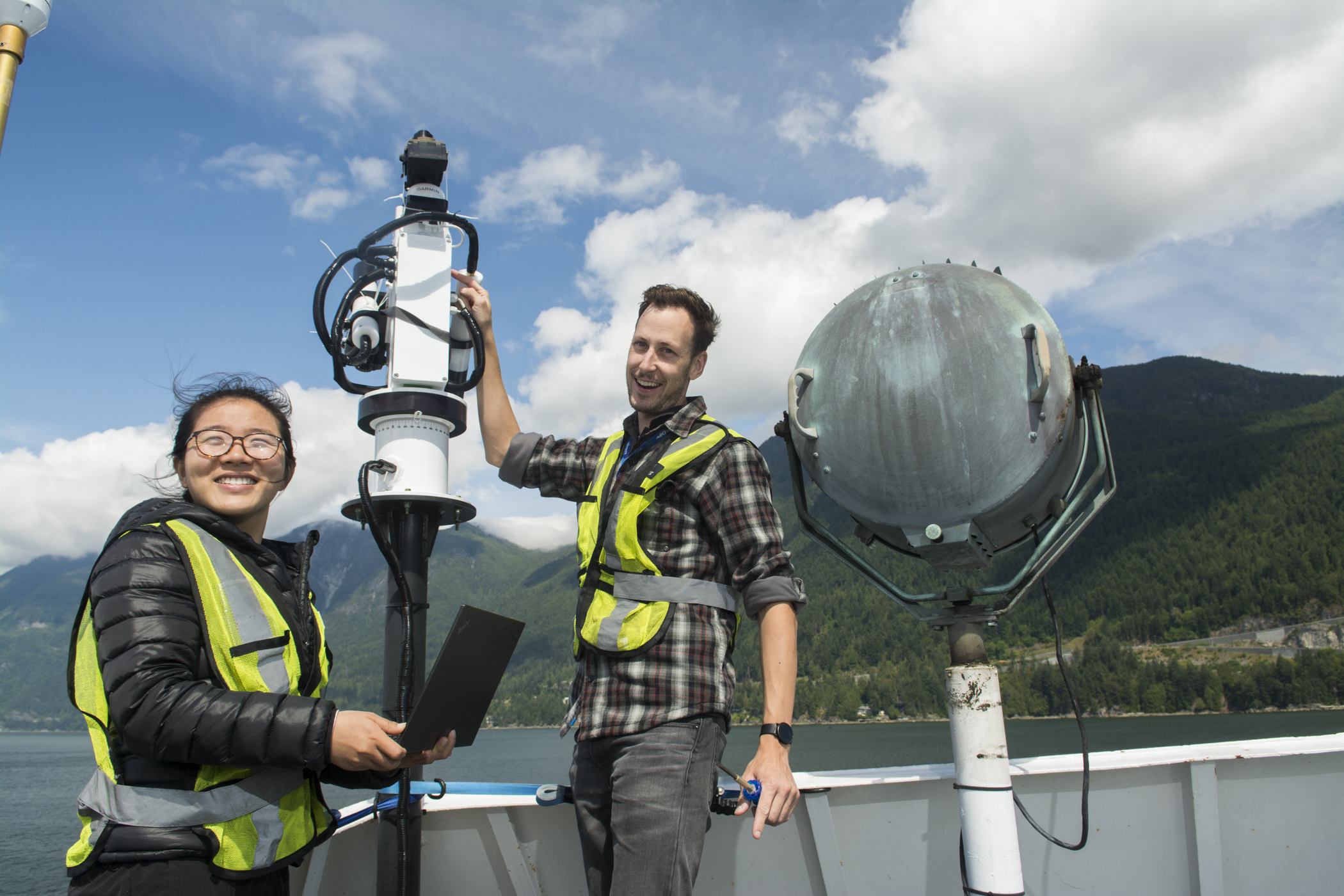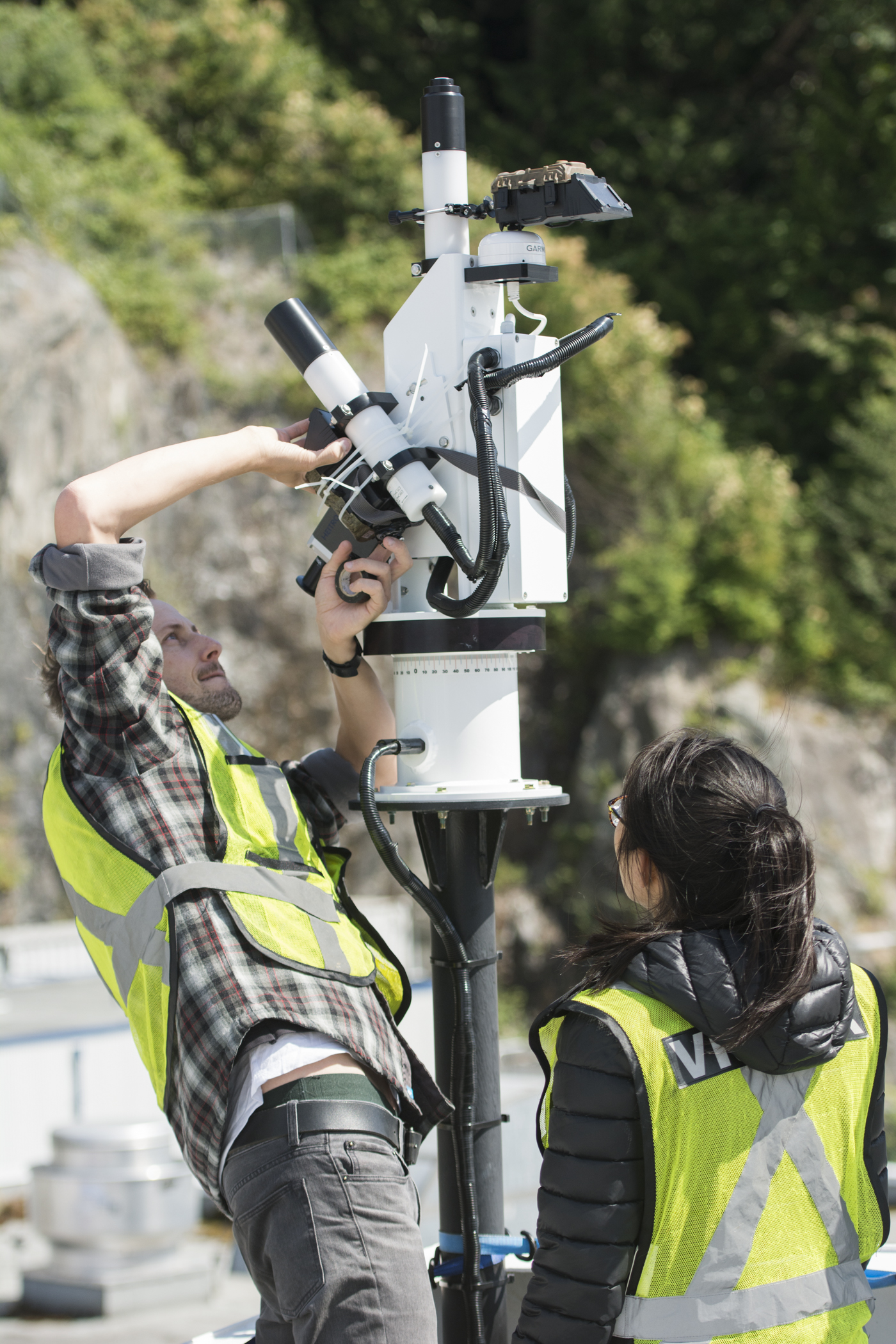PhD Geography
MScin Remote Sensing (INPE, Brazil)
BSc in Biology (University of Sao Paulo, Brazil)
lobo@uvic.ca
Research Areas:
Remote sensing, water quality, land cover changes, water management, optical modeling
Motivation and background:
Regarding the extreme importance of freshwater for human beings and for ecosystem balance, and the fact the such resource has been threaten by human activities such as deforestation, mining and wastewater loading, I’m interested in manage the freshwater resource using remote sensing and GIS techniques.I took my undergrad in Biology at University of São Paulo (Brazil) where I had the opportunity to be introduced to limnology concepts and study the impacts of coal mining in a southern Brazilian watershed. In 2007 I started a Master’s in Remote Sensing at National Space Research Institute (INPE-Brazil), supervised by Dr. Evlyn Novo, to establish a water spectral library used to classify the Amazon water types using hyperspectral satellite images. After a PhD degree at the Geography Department in University of Victoria I am taking a Post-Doctoral research at INPE looking at optical properties of cyanobacteria for monitoring algal blooms.
PhD Research: (Click here for download full PhD Dissertation)
The PhD project aimed to evaluate the impacts of small gold mining activities in a large Amazon watershed called Tapajós. This area has been mined for more than 30 years which result in high sediment load into the river and its affluents. Such impact has changed not only the water quality but also decreased the light available for photosynthesis, in other words increased the light attenuation. The light attenuation has severe consequences for aquatic ecosystems such as phytoplankton mass decreasing, fish community shift and so on.To evaluate the small gold mining impacts on Tapajós watershed, the project was split in three main objectives/activities:
1. Measuring and describing the underwater light field in both impacted and pristine rivers;
2. Mapping the water quality changes using satellite images (Landsat database) in multi-temporal analysis;
3. Integrating physical, biological and social information into a GIS environment to understand the main aspects that have driven gold mining activities in that area.
Publications
Book Chapters
Felipe de Lucia Lobo, Maria Isabel Sobral Escada, Claudio Aparecido de Almeida: Análise do desflorestamento no distrito florestal sustentável da br-163, PA.. Distrito Florestal Sustentável da BR-163: dinâmicas sociais, mudanças ambientais e produção florestal, 1 edited by Ana Luisa Albernaz, 03/2015: chapter Parte 2: pages 464; Museu Paraense Emílio Goeldi., ISBN: 978-85-61377-68-7
Marcelo Pompêo, Pedro Kawamura, Viviane Moschini-Carlos, Sheila Cardoso da Silva, Felipe de Lucia Lobo, Patrícia do Amaral, Marisa Dantas Bitencourt, Sergio Tadeu Meirelles: HETEROGENEIDADE ESPACIAL HORIZONTAL DA QUALIDADE DA ÁGUA NO RESERVATÓRIO RIO GRANDE, COMPLEXO BILLINGS, SÃO PAULO, BRASIL. Ecologia de reservatórios e interfaces, Edited by Marcelo Pompêo, Viviane Moschini-Carlos, Paula Yuri Nishimura, Sheila Cardoso da Silva & Julio Cesar López-Doval, 03/2015: chapter Chapter 6: pages 82-95; Instituto de Biociências da Universidade de São Paulo., ISBN: 978-85-85658-52-6
Cláudio Almeida, Maurício Silva, Felipe de Lucia Lobo, Taise Farias Pinheiro, Alessandra Gomes, Lidiane Cristina Costa, Maria Isabel Sobral Escada: TerraClass: classificação dos padrões de uso e cobertura da terra da Amazônia Legal. Cenários para a Amazônia: clima, biodiversidade e uso da terra, 1 edited by Thaíse Emílio, Flávio Luizão, 01/2014: chapter 12: pages 137-148; INPA., ISBN: 978-85-211-0126-0
Maria Isabel Sobral Escada, Felipe de Lucia Lobo, André Augusto Gavlak, Érika Akemi Saito, Taise de Farias Pinheiro, Maurício Silva, Cláudio Almeida: Padrões espaciais e trajetórias populacionais e de uso e cobertura da terra nas áreas de endemismo Xingu e Tapajós. Cenários para a Amazônia : clima, biodiversidade e uso da terra, 1 edited by Thaise Emilio, Flávio Luizão, 01/2014: chapter 6: pages 67-78; INPA., ISBN: 978-85-211-0126-0
Journal Publications
Felipe L. Lobo, Maycira P. F. Costa, Evlyn M. L. M. Novo: Time-series analysis of Landsat-MSS/TM/OLI images over Amazonian waters impacted by gold mining activities. Remote Sensing of Environment 07/2014; 157. DOI:10.1016/j.rse.2014.04.030
Felipe L. Lobo, Maycira Costa, Stephen Phillips, Erika Young, Cory McGregor: Light backscattering in turbid freshwater: A laboratory investigation. Journal of Applied Remote Sensing 03/2014; 8:083611-083611. DOI:10.1117/1.jrs.8.083611
Felipe de Lucia Lobo, Evlyn Márcia Leão de Moraes Novo, Claudio Clemente Faria Barbosa, Lênio Soares Galvão: Reference spectra to classify Amazon water types. International Journal of Remote Sensing 06/2012; 33(11-11):3422-3442. DOI:10.1080/01431161.2011.627391
Viviane Moschini-Carlos, Marcelo Luiz Martins Pompêo, Felipe de Lucia Lobo, Sergio Tadeu Meirelles: Impact of coal mining on water quality of three artificial lakes in Morozini River Basin (Treviso, Santa Catarina State, Brazil). 09/2011; 23(3):271-281. DOI:10.1590/S2179-975X2012005000007
Felipe L. Lobo, Claudio Clemente Barbosa, Evlyn Márcia Leão de Moraes Novo, João Sarkis Yunes: Mapping potential cyanobacterial bloom using Hyperion/EO-1 data in Patos Lagoon estuary.
Collaborative Research Projects (Co-PI of projects):
Brazilian National Institute for Space Research (INPE)
Chico Mendes Institute (ICMBio)
The National Council for Scientific and Technological Development (CNPq)
The State of Sao Paulo Research Foundation (FAPESP)












